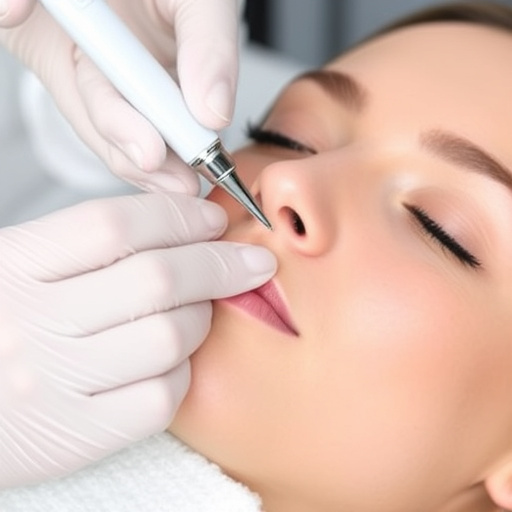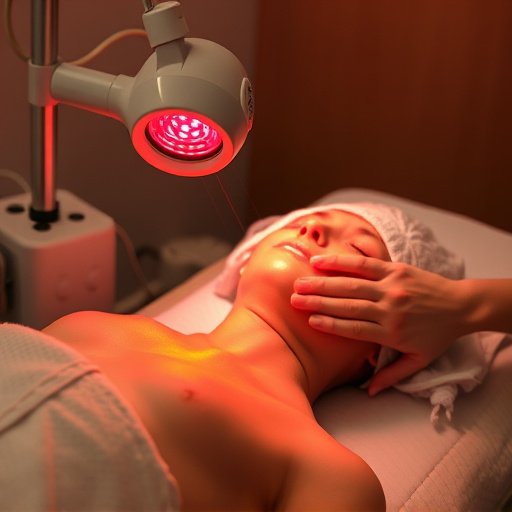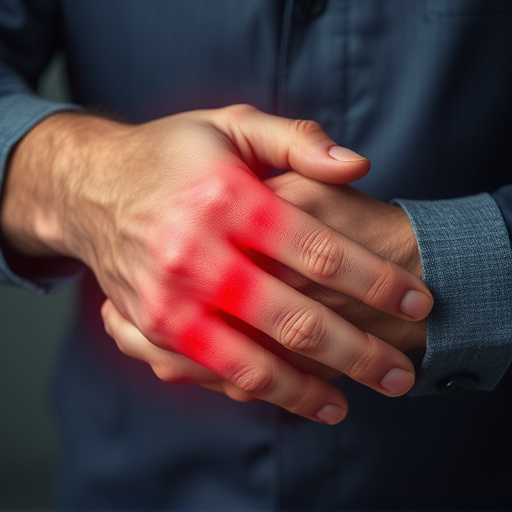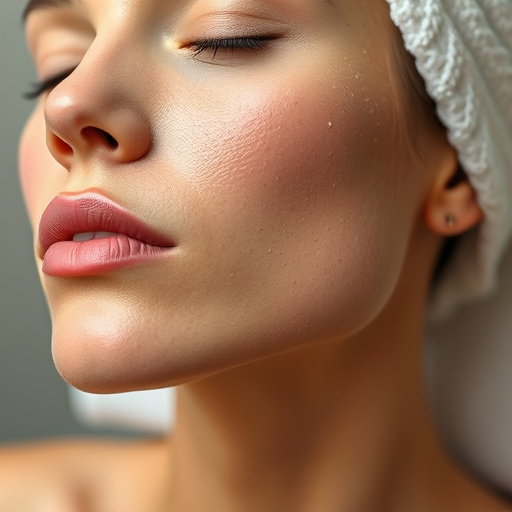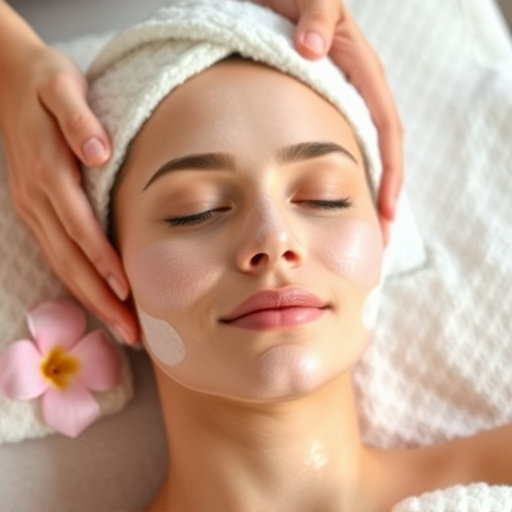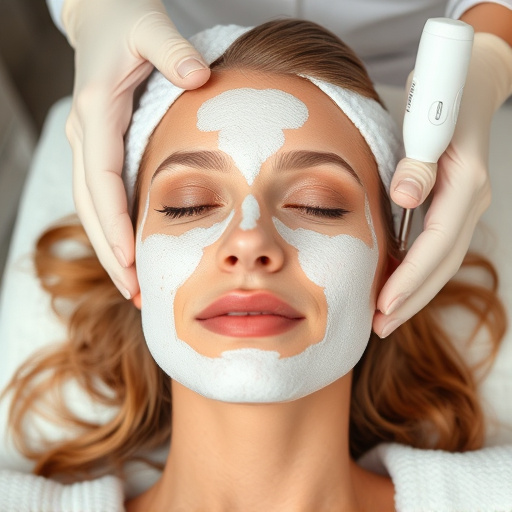Choosing the wrong lactic acid peel strength (5% – 30%) and frequency can cause irritation. Start with lower concentrations under professional guidance, leaving 4-6 weeks between sessions. Improper application techniques or aggressive pairing with other treatments may lead to damage. Prioritize skin health, consult a dermatologist for safety, and perform patch testing before peels.
Lactic acid peels are a popular skincare treatment, offering significant benefits like exfoliation and collagen stimulation. However, they’re not without potential pitfalls. This article sheds light on the three most common mistakes people make with lactic acid peels: choosing the wrong concentration, ineffective application technique, and ignoring skin sensitivity. By understanding these mistakes, you can ensure a safer and more effective lactic acid peel experience.
- Choosing the Wrong Concentration
- Ineffective Application Technique
- Ignoring Skin Sensitivity and Allergies
Choosing the Wrong Concentration
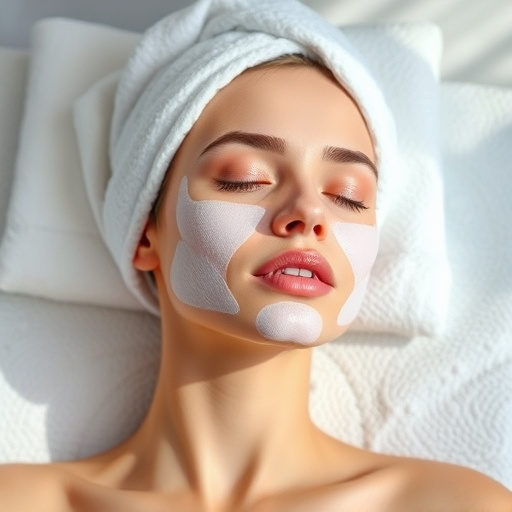
One of the most common mistakes when considering a lactic acid peel is choosing the wrong concentration. Lactic acid comes in various strengths, typically ranging from 5% to 30%, with higher concentrations offering more intense results. However, selecting a strength that’s too high for your skin type or desired effect can lead to irritation and discomfort. It’s crucial to start with a lower concentration and gradually increase it under professional guidance as your skin builds tolerance.
Misjudging the appropriate frequency of treatments is another error to avoid. Lactic acid peels are effective for various concerns, including wrinkle reduction and pore refinement. However, overdoing it can cause damage. Most dermatologists recommend leaving at least 4-6 weeks between treatments to allow your skin to heal properly. Always consult with a qualified professional who can assess your specific needs and guide you on the optimal peel regimen for achieving the desired results without compromising your skin’s health.
Ineffective Application Technique
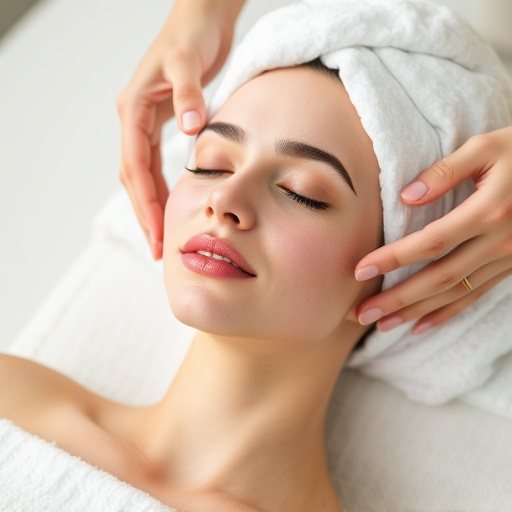
Many users often fail to achieve optimal results from lactic acid peels due to ineffective application techniques. This can be attributed to a lack of understanding or proper training on how to properly administer the treatment. For instance, applying the peel too gently or not allowing it to sit on the skin for adequate time can result in minimal exfoliation and reduced benefits. The key is to apply the lactic acid peel with firm, even pressure to ensure thorough penetration into the skin’s layers.
Additionally, combining lactic acid peels with other aggressive treatments like microneedling therapy or intense body contouring procedures can cause irritation and damage to the skin. It’s crucial to allow sufficient time between treatments for the skin to heal, emphasizing the importance of following professional application guidelines for optimal skin health and maximum results from your lactic acid peel regimen.
Ignoring Skin Sensitivity and Allergies
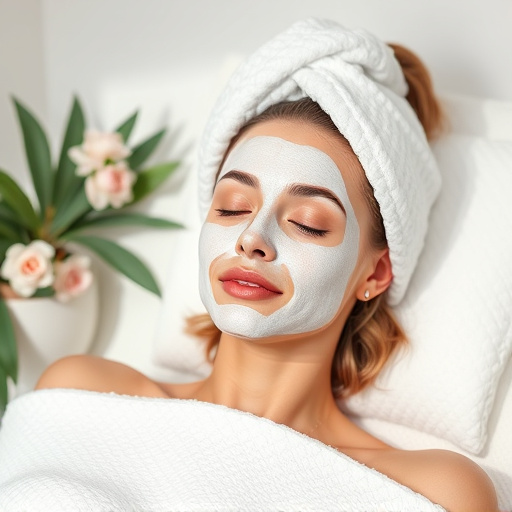
Many individuals rush into trying lactic acid peels without considering their skin’s sensitivity and potential allergies. This can lead to severe reactions, from mild irritation to more serious complications, especially for those with already sensitive or compromised skin. Lactic acid is a powerful ingredient commonly used in facial treatments and acne treatments, but it’s crucial to understand that not everyone’s skin will respond positively. Before undergoing any peel procedure, consulting a dermatologist or skincare expert is essential to assess your skin’s tolerance and ensure the right personalized skincare approach.
Ignoring allergies and sensitivity can result in painful experiences and unnecessary skin damage. Skincare professionals emphasize the importance of patch testing before applying lactic acid peels to larger areas. This simple step ensures that your skin doesn’t react adversely, helping you avoid potential pitfalls associated with this popular yet potent facial treatment.
When considering a lactic acid peel, avoiding common pitfalls is essential for achieving optimal results. Choosing the incorrect concentration can lead to skin irritation or even damage, so it’s crucial to opt for the right strength for your skin type. Additionally, proper application technique is key; following professional guidance ensures maximum benefits and prevents potential harm. Lastly, never overlook your skin’s sensitivity—always test a small area first and be prepared to stop if any adverse reactions occur. By steering clear of these mistakes, you can enjoy the brightening and smoothing effects of lactic acid peels safely and effectively.




